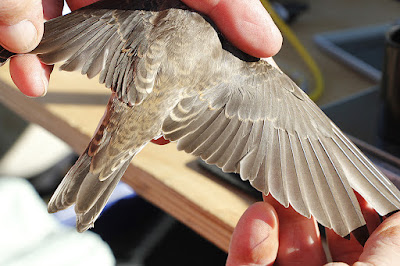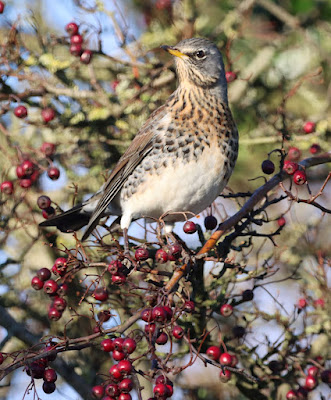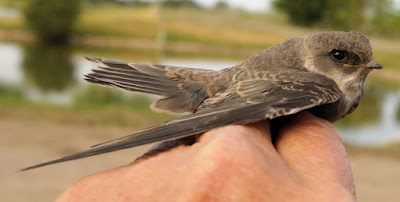Andy had an appointment and left at 1030. I sat in the car hide for a while and grabbed a few pictures in the morning light. Along came a few Linnets, Pied Wagtails and a single Yellow Wagtail – nice!
Thursday, August 15, 2024
Shopping Or Birding?
Andy had an appointment and left at 1030. I sat in the car hide for a while and grabbed a few pictures in the morning light. Along came a few Linnets, Pied Wagtails and a single Yellow Wagtail – nice!
Sunday, July 21, 2024
No Merlins Thank You
Other birds seen consisted of Buzzard, 4 Common Tern, Pied Wagtail, Grey Heron, Tree Sparrow.
Rather than signing up to more of Google’s Big Brotherly love it may be better for budding birders to learn their birds another way. Find the bird then ID it through watching & listening in conjunction and comparison with the entries in a book?
Sunday, January 7, 2024
Back In The Old Routine
Wednesday, November 29, 2023
Baby It's Cold Outside (And Inside)
Pink-footed Geese were on the move high, south and east, to escape the inevitable guns, although a couple of hundred had stopped off in a relatively safe field bounded by a sparse hedgerow that gave a semblance of peace & quiet.
Each year becomes more difficult to both to see and to hear our wild geese on the ground as the disturbance to traditional haunts becomes more intense and threatening to feeding geese through "development", traffic - large & small, walkers, shooters, and yes, birdwatchers.
i
— Despicable Miguel "Ruz" ™ (@Feldegar) April 10, 2023
Here we come with another masterpiece by @crom_oliver and @shillitz, dedicated to that long-awarded, eminent scientist! pic.twitter.com/TDedeQ7aUb
Enjoy the rest of your week good people and then come back soon to Another Bird Blog.
Linking today to Eileen's Saturday.
Wednesday, July 19, 2023
Fifty Up
Wednesday, June 14, 2023
After The Thunder
Sunday, March 26, 2023
Out Of Hibernation
There was a Green Sandpiper on the edge of the pool, more Teal, 8 Shoveler, 2 Little Egrets and a Great Egret. The warning calls of Chaffinches alerted me to a Kestrel in the top of the willows, the raptor doing a few circuits and a hover or two before flying back towards Pilling where at least a couple of pairs are in residence.
Look in soon for more news and views soon from Another Bird Blog.
















































































